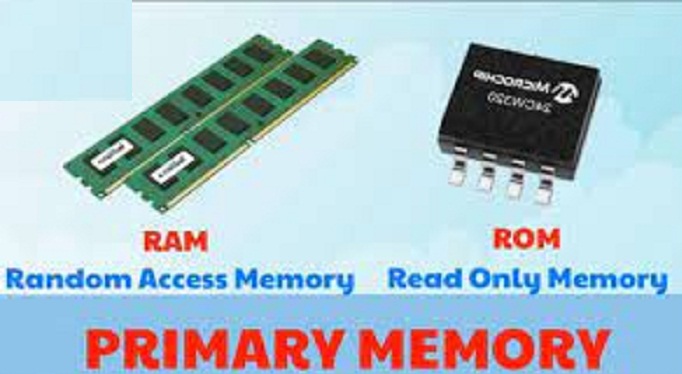ROM (Read Only Memory):-
ROM is “built-in” computer memory containing data that normally can only be read, not written to. ROM contains the programming that allows your computer to be “booted up” or regenerated each time you turn it on. Unlike a computer’s random access memory (RAM), the data in ROM is not lost when the computer power is turned off. The ROM is sustained by a small long-life battery in your computer.
Read-only memory (ROM) is a type of storage medium that permanently stores data on personal computers (PCs) and other electronic devices. It contains the programming needed to start a PC, which is essential for boot-up; it performs major input/output tasks and holds programs or software instructions. Because ROM is read-only, it cannot be changed; it is permanent and non-volatile, meaning it also holds its memory even when power is removed. By contrast, random access memory (RAM) is volatile; it is lost when power is removed.
There are numerous ROM chips located on the motherboard and a few on expansion boards. The chips are essential for the basic input/output system (BIOS), boot up, reading and writing to peripheral devices, basic data management and the software for basic processes for certain utilities.
This memory from which we can only read but cannot write on it. This type of memory is Non Volatile. The information is stored permanently in such memories during manufacture. A ROM, stores such as instructions that are required to start a computer. This operation is referred to a bootstrap. ROM chips are not only used in the computer but also in other electronic items like washing machine and microwave oven.
Followings are the various types of ROM.
-
MROM (Marked ROM):-
The very first ROMs were hard-wired devices that contained a pre- programmed set of data or instructions. These kinds of ROMs are known as Masked ROMs which are inexpensive.
-
PROM (Programmable ROM):-
PROM is read only memory that can be modified only once by a user. The user buys a blank PROM and enters the designed contents using a PROM program. Inside the PROM chip there are small fuses which are burnt open during programming. It can be programmed only once and is not erasable.
-
EPROM (Erasable and Programmable ROM):-
The EPROM can be erased by exposing it to ultra violet light for duration of up to 40 minutes. Usually an EPROM eraser achieves this function. During programming, an electrical charge is trapped in an insulated gate region. The charge is retained for more than ten years because the charge has no leakage path.
-
EEPROM (Electrically Erasable and Programmable ROM):-
The EEPROM is programmed and erased electrically. It can be erased and programmed about ten thousand times. In EEPROM any location can be selectively erased and programmed.